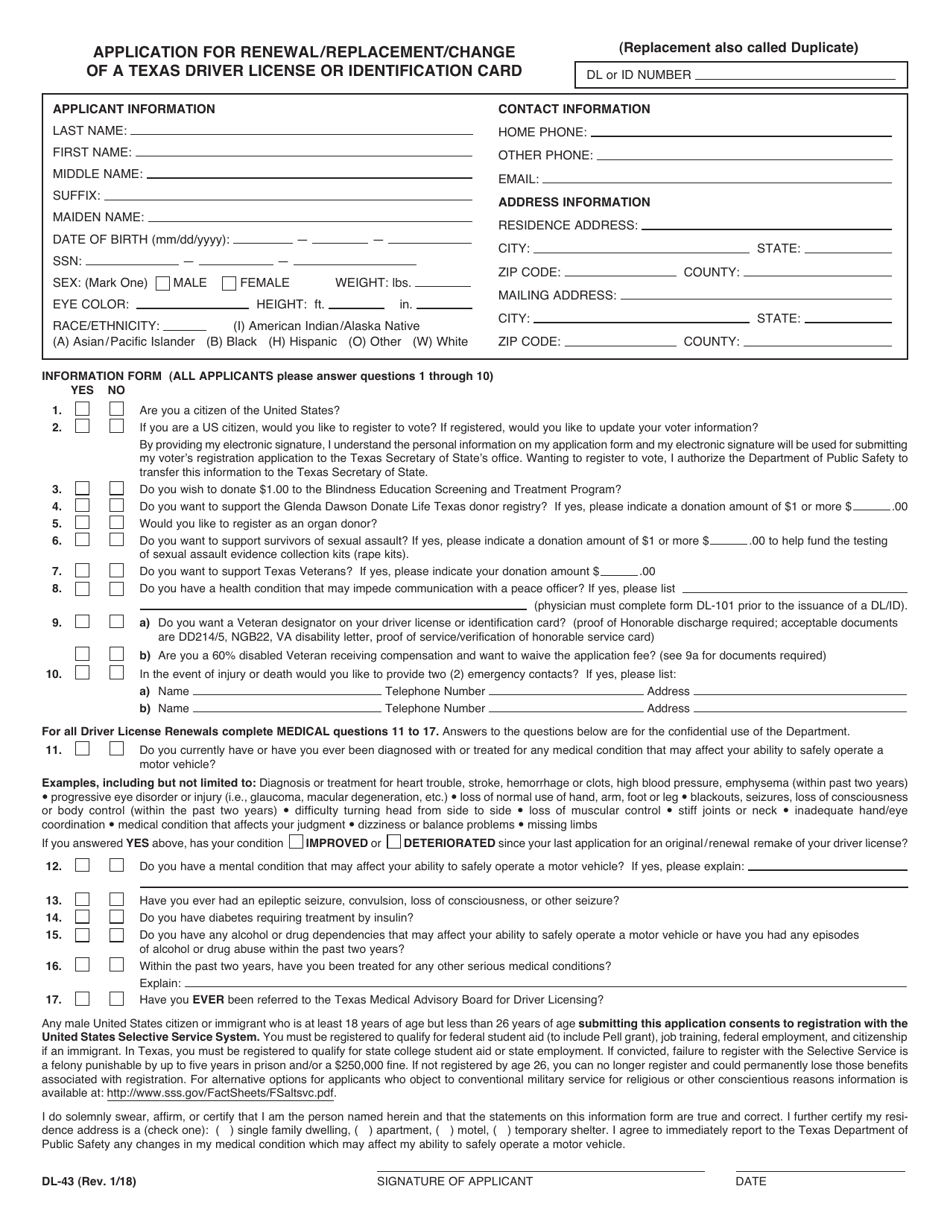

Instead, the immigrant must await a decision on the petition, then apply through the consular office in his or her home country. Concurrent filing is not allowed for consular processing. Applying from outside the United StatesĪpplying for permanent residency from another country is known as “consular processing.” Consular processing also begins with the filing of a visa petition, either by someone else or by the prospective immigrant where permitted. Applicants should keep in mind that, for some categories, the waiting time to file for adjustment of status may be lengthy. In some categories, a visa will always be “immediately available” and the prospective immigrant will be able to file the two at the same time, a process known as “concurrent filing.” For others, the prospective immigrant must consult the Department of State’s Monthly Visa Bulletin to file an I-485. Generally, an applicant must wait to file Form I-485 until a visa connected with the petition is available one of the most challenging things to figure out about this process is when a visa is available and when the applicant may submit Form I-485. The next step is for the prospective immigrant, known as the “beneficiary,” to submit a Form I-485, the application for adjustment of status. Depending on the category, sometimes the immigrant may file the form, but for most categories, someone else, known as the “petitioner,” must initiate the application. Department of Labor before beginning a visa petition. In some cases, such as those of certain employment-based green cards, it’s necessary for an employer to secure permission from the U.S.

If you are already in the United States, it is possible to obtain a green card without returning to your home country through a process called “adjustment of status.” (Generally, to be eligible for this, you must have been “inspected and admitted” or “inspected and paroled” into the country, but there are exceptions.) This involves submitting a petition associated with your application category, such as Form I-130 for those applying for a green card through a family connection. Although the rules for applying vary slightly by category, there are two general methods of applying for a green card: Applying from the United States Citizenship and Immigration Services, commonly abbreviated as USCIS. The primary agency with which an immigrant will interact during the application process is the U.S. Registry - For those who have resided in the United States since January 1, 1972ĭiversity - For those coming from countries with relatively few immigrants to the United States* Application Process Refugees – For those fleeing trauma or persecution* Religious Worker (Special Immigrant) - For those coming to the United States to work as ministers, or in other religious callings or occupations* Investment - For those who invest in businesses based in the United States Each of these categories has particular requirements that an applicant must meet, and that must be demonstrated, and sometimes documented, later in the application process.Ĭrime Victim - For victims of crime or human traffickingĮmployment - For those with pending offers of certain types of jobs, or with exceptional skills and abilitiesįamily - For spouses, fiancés and relatives of U.S. In general, the categories define some category of connection or contribution to the United States offered by the prospective immigrant, such as a family member already living in the country or a job offer with a company based in the United States. There are different categories and subcategories under which people may apply for green cards, which are discussed in greater detail in the pages linked below.

A green card, however, does not allow holders to vote or serve on juries these are reserved for citizens only. They can live and work in the United States, travel in and out of the country, and obtain benefits like resident tuition at public universities.

Green card holders have many but not all of the privileges of citizens. A green card allows a national of another country to obtain lawful residency in the United States.


 0 kommentar(er)
0 kommentar(er)
